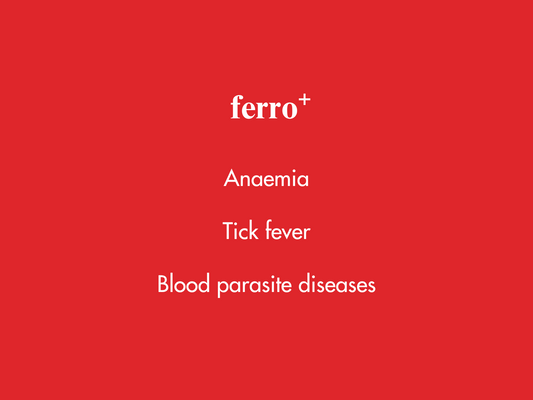Training a dog takes time, understanding, patience, and consistency. Here are a few common training challenges dog owners face, and some suggestions for working with them.

How Training Works
Dogs are pack animals, and as such are only comfortable when their role within the pack has been established. An established role allows the dog to predict the reactions and needs of the rest of his pack. Without a confirmed, consistent role, the dog never knows when punishment or rewards will occur, and will spend most of the time anxious and worried.
Basic obedience helps to establish pet parents in role of pack leader, and lays down clear behavior guidelines that the pack can follow. If none of the humans take this role, the dog is forced to attempt to assume it, since the pack must have a leader. The pack leader controls where the pack goes, when and what the pack eats, and how the pack behaves toward one another. Having these clear guidelines allows the dog to relax, since she knows what behaviors earn what types of attention.
Most trainers follow the 3-second rule in training. Dogs will connect praise or correction with whatever they were doing 3 seconds before the praise or punishment occurred. Be careful to only give your dog attention when appropriate, when current behavior, not past behavior, deserves it. If your dog is growling at strangers, don’t reward the behavior by attempting to calm him. This merely reinforces that there must be something scary happening. Instead, a gentle “No,” and a friendly greeting of the stranger on your part will be more reassuring to the dog than your calming attempts.
In the Beginning
Supervise dogs closely during the first few weeks. It may help to let your dog drag a leash around in the house so you can stop him before he misbehaves.
As you work with your dog, he learns the rules of your house and will look to you as his pack leader. It will be easier to correct or change bad habits in a new environment. Once the newness has worn off, if you try to change his already established habits, he can't figure out why all the rules have changed ("Why can't I sit on the couch?").
Puppies can learn too, but keep training sessions short and fun, no more than 5 minutes at a time. Don't be too hard on your puppy when he makes a mistake. Remember he wants to please you.
Crate training is a big favor you can do for your dog. It's his safe haven from the world. From his crate, he gets used to new sights, sounds, and people without feeling pressured to react. A crate relieves him of all that responsibility, and the opportunity to destroy the house. That's effective management!
If he will be left alone for several hours every day, start crate training now, even if you're just in the next room. He needs to learn he has to spend time without you. A dog that gets constant attention and then is suddenly left alone for eight hours may bark, chew, or develop other behavior problems due to separation anxiety.
Make training time play time too. Talk, laugh, and have fun with your dog as he learns to sit, down and other basic commands. Be over exuberant with praise at first, so he knows he got it right. "Good off!," "Good sit!," and "Good potty!" when said with happy enthusiasm, all signal to your dog that he has made the right choice and has pleased you. "No" tells him he made a wrong choice, and he will learn the difference very quickly.
Basic Commands
Heel: Most pet owners really want a dog that walks nicely on a leash without pulling. Positive training methods and proper equipment will help you teach this.
Sit: Great for putting on the leash, greeting people, giving medication, brushing, and other situations
Stay: Don't move from a specific position, such as ”Sit”
Down: A submissive position that is also more comfortable for the dog, especially if you want him to stay for more than a minute
Off: As in don't jump on me. 'Off' and 'Down' should mean two different things
Leave it: Put his attention back on you and away from something else that he is interested in.
Come: "Come here!" sounds friendlier to the dog. Probably the most critical command to teach. This command will take several months to teach completely
Go to your bed: A good place to be out of the way but still with you while you have company or eat dinner
Wait: Don't cross this line – such as a doorway. The dog doesn't have to sit or lie down, just not move forward
Note: The information in this article is not a substitute for training. If you need additional information, please contact your K-9 trainer as appropriate.

 Proud to have impacted over 1 Million Happy Pet Parents since 2013.
Proud to have impacted over 1 Million Happy Pet Parents since 2013. 











